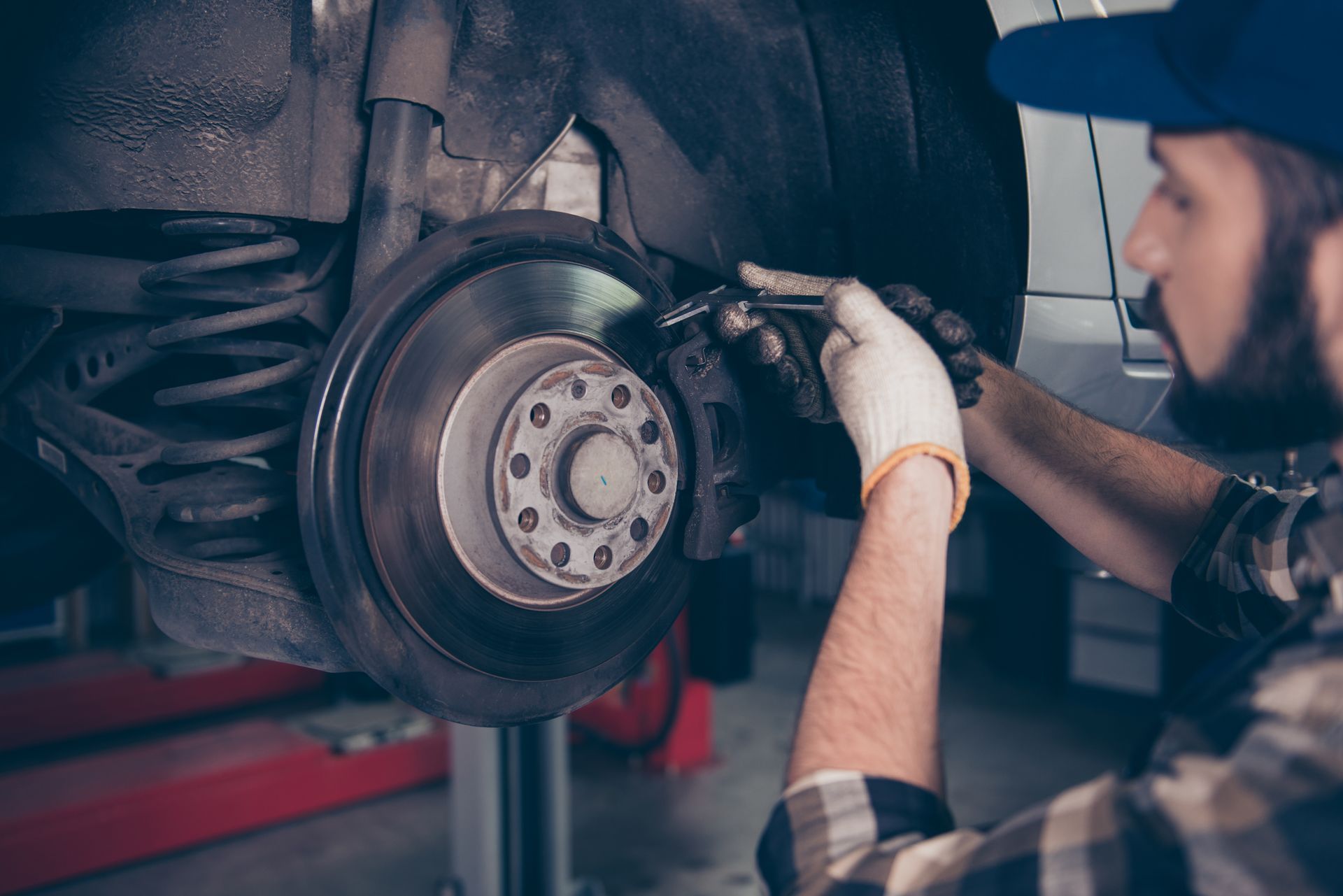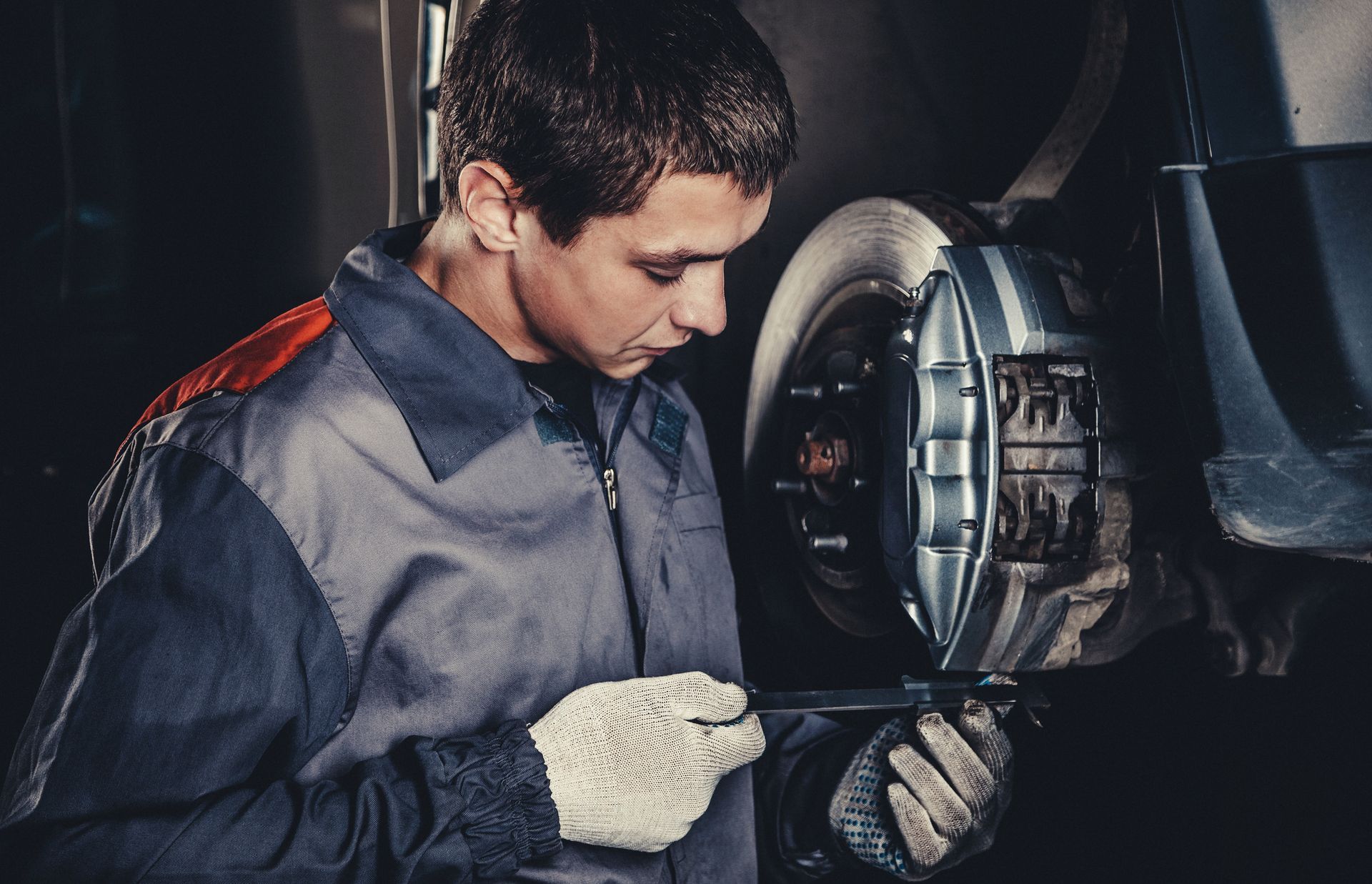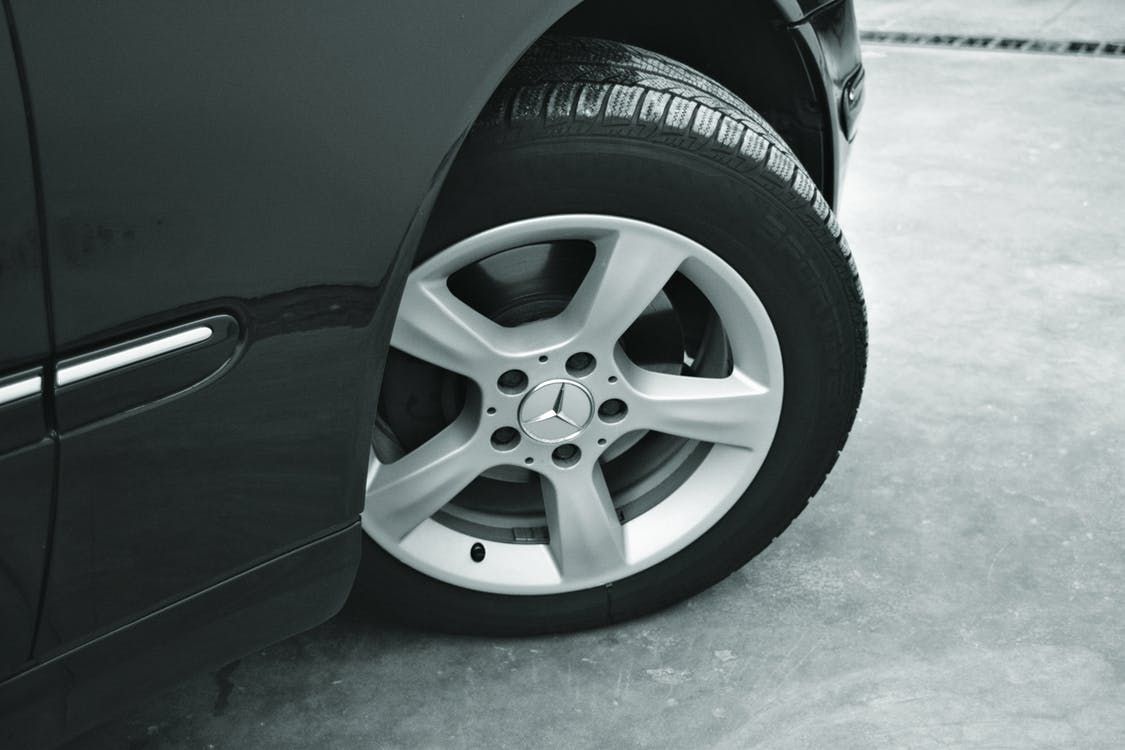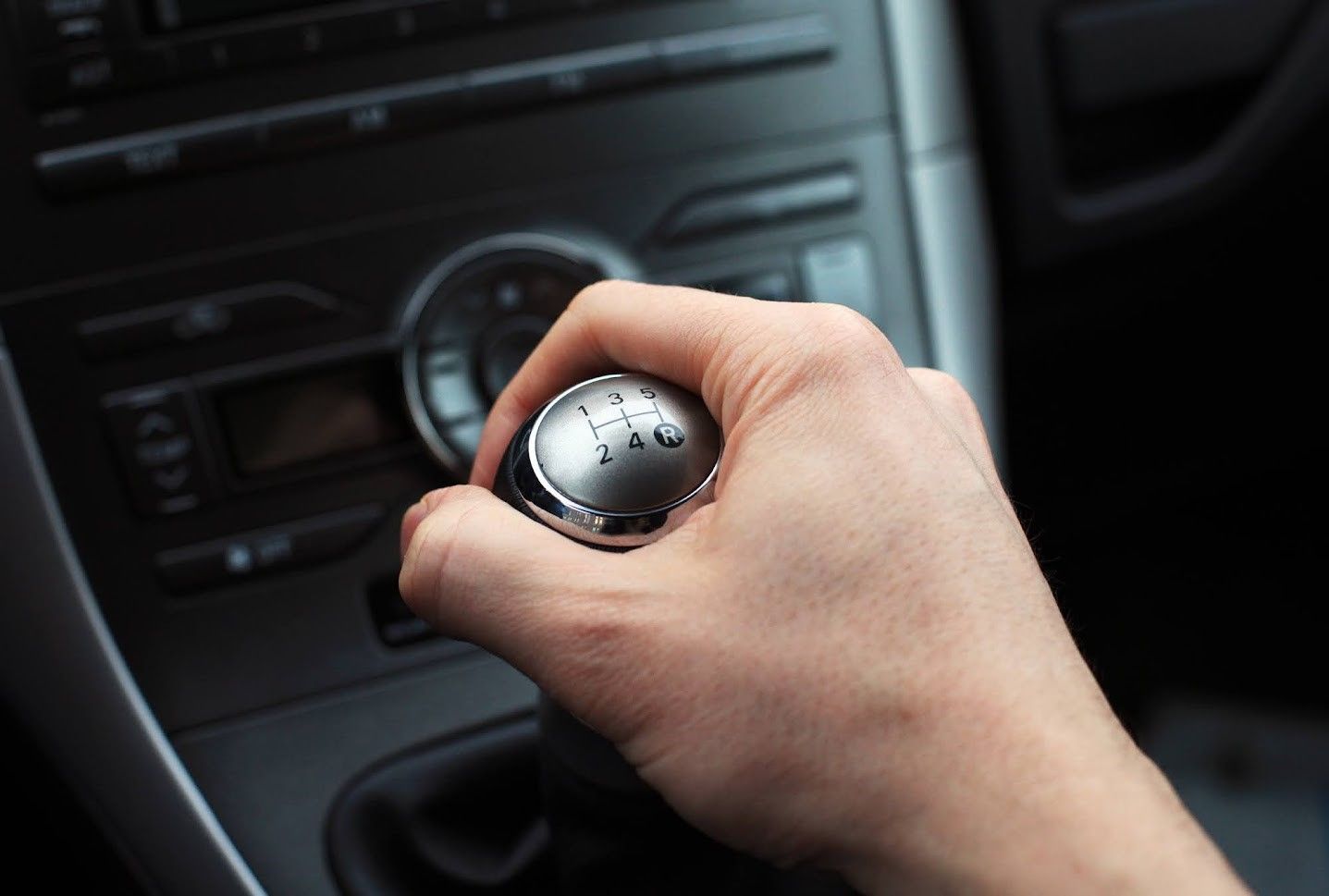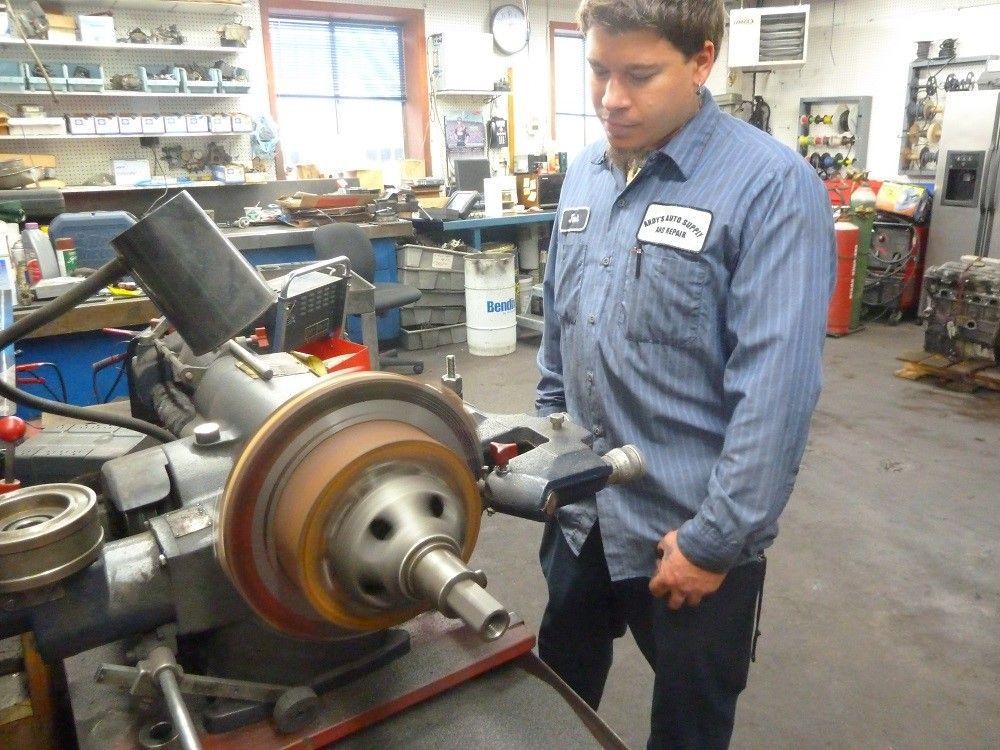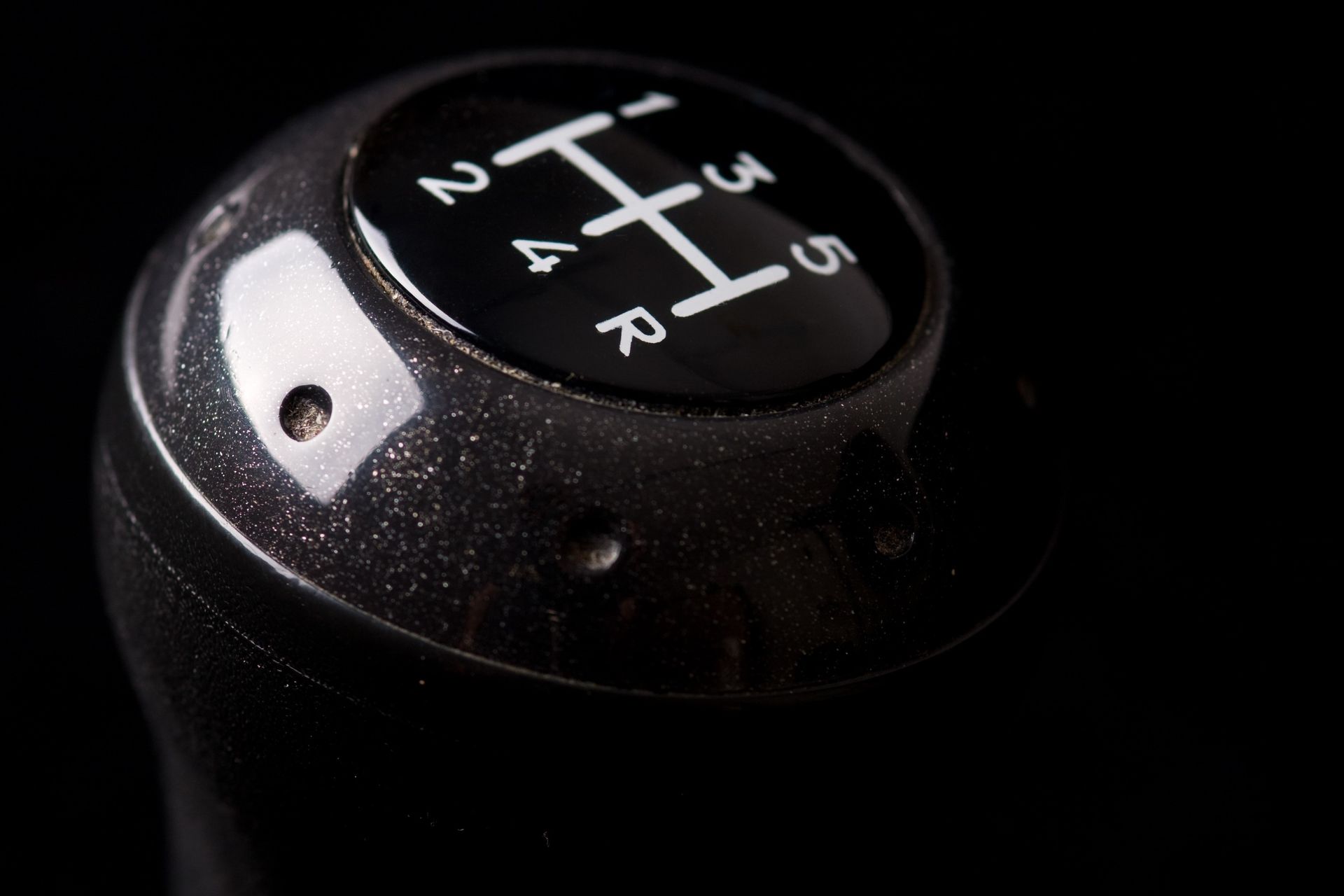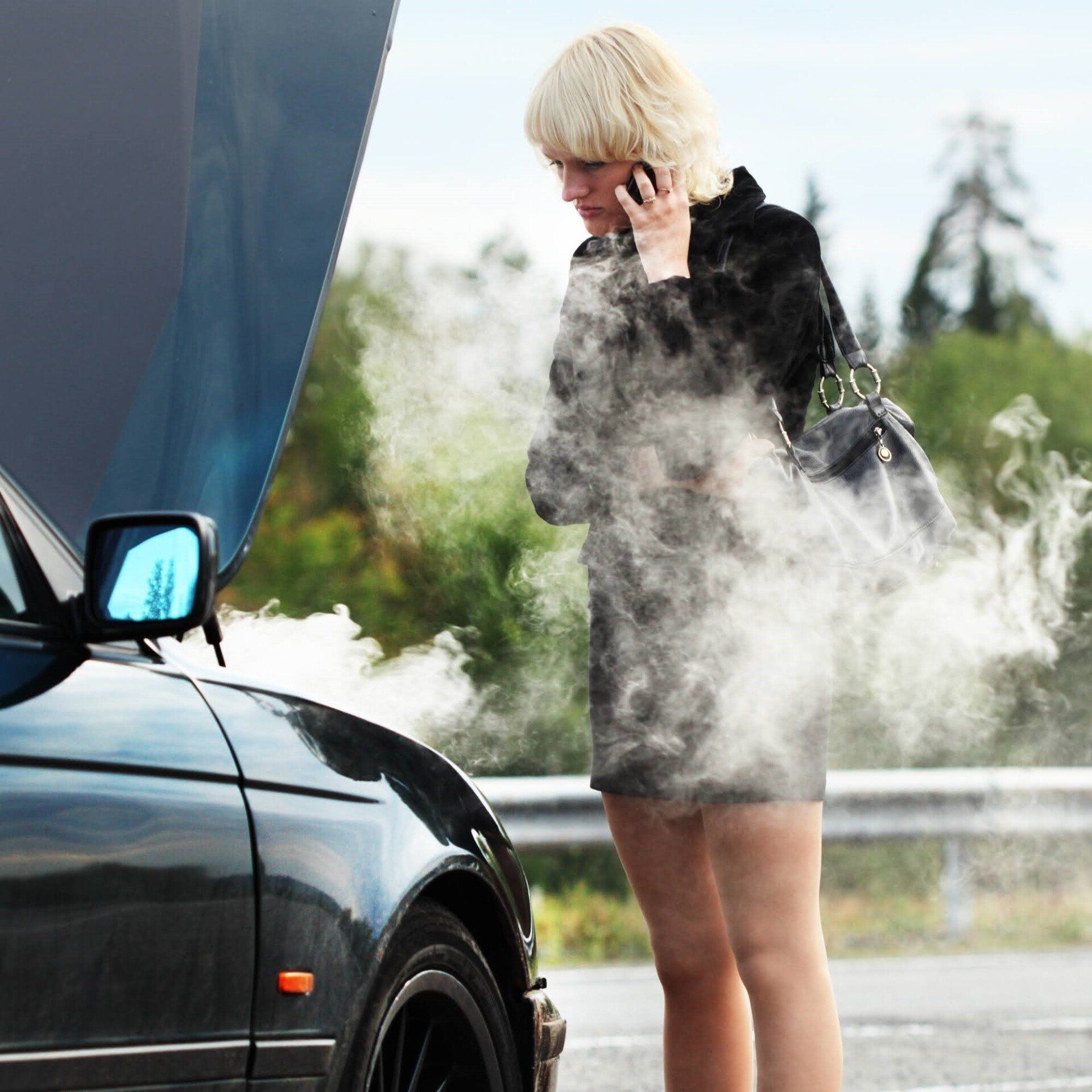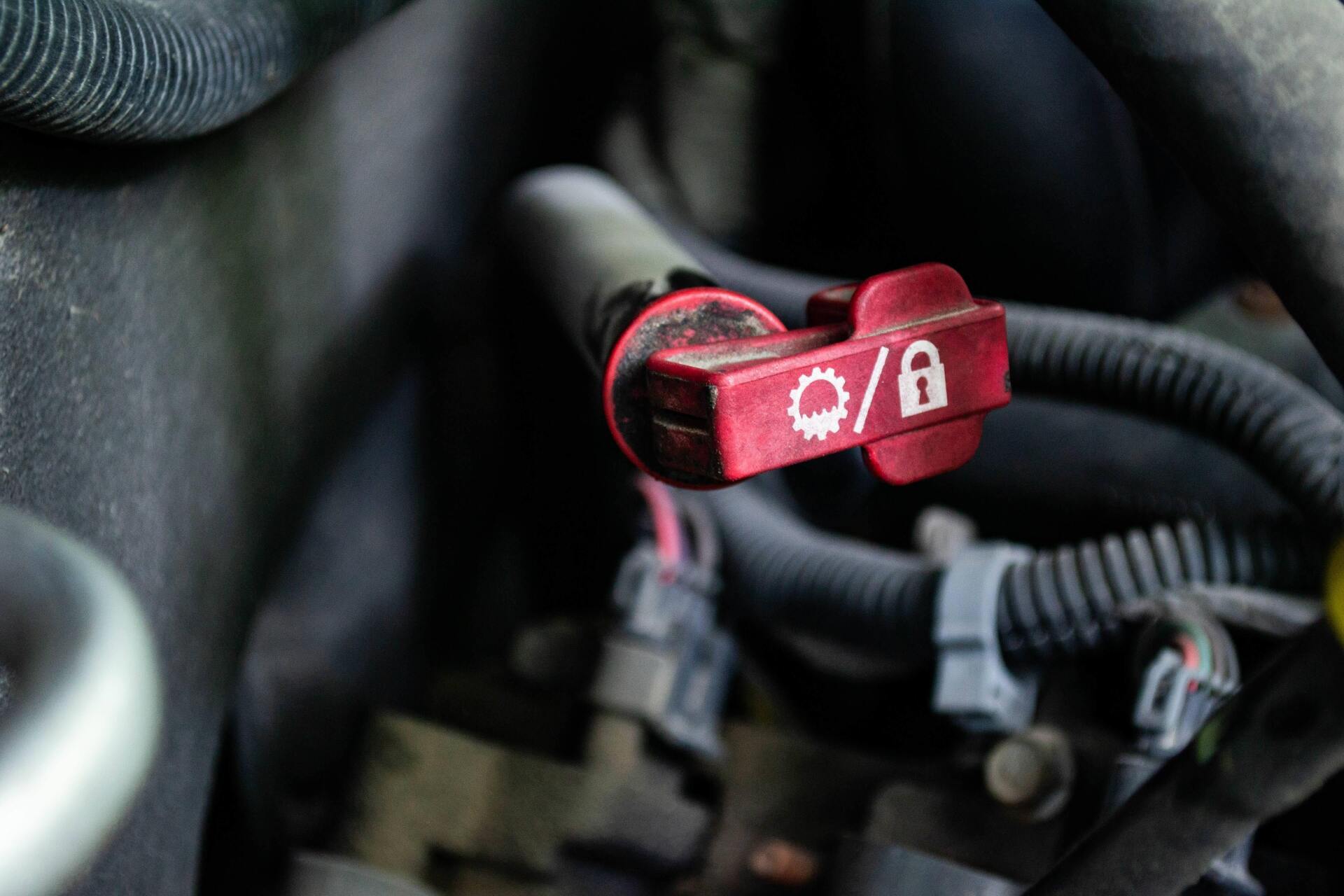How to Tell When Your Clutch Pedal is Going Out

The clutch pedal plays a vital role in the way your vehicle performs. In fact, the clutch pedal is responsible for the overall performance of your manual transmission vehicle. The clutch pedal is responsible for engaging and disengaging the clutch and allows you to shift gears smoothly. Over time, the clutch pedal can wear out and may require replacement. Here are six signs that your clutch pedal may need to be replaced.
Pedal Resistance When Shifting
If you're worried about your clutch, pay attention to the clutch pedal. One of the most common signs of a worn-out clutch pedal is difficulty shifting gears. As the clutch pedal wears out, you may feel resistance when trying to shift gears. Or, you may feel gears give way when you apply the clutch pedal. If you find it increasingly hard to shift gears smoothly, or if you experience grinding or resistance when shifting, schedule a service appointment for your car.
Clutch Pedal Makes Noises
If your clutch pedal is wearing out, it's time to start listening for changes. You may not notice at first, but your clutch pedal may start to make some unusual noises. Unusual noises can include squeaking, squealing, or grinding, and they can be a warning that your clutch pedal needs attention.
That's especially true if those noises increase in volume or frequency when you press the clutch pedal. These noises can be caused by worn-out clutch pedal components such as the clutch release bearing or clutch fork. If the problem gets worse, your clutch pedal could stop functioning altogether.
Pedal Feels Soft or Spongy
If your clutch pedal doesn't feel the same when you press it, you may be seeing a sign that there's a problem with the clutch pedal mechanism. That's especially true if the clutch pedal feels spongy, or if the clutch pedal drops when you try to shift gears. These clutch pedal problems can be caused by a worn-out clutch master cylinder or clutch slave cylinder. If your clutch pedal does become soft or spongy, don't drive your car until you can get it inspected. Without quick repairs or replacement, your manual transmission could fail.
Clutch Pedal is Slipping
If your vehicle has a manual transmission, you should focus your attention on how your gears shift. A slipping clutch occurs when the clutch fails to engage properly. When that happens, you can lose power and acceleration. When the clutch pedal slips, you'll notice an increase in RPMs without an increase in vehicle speed. If that's happening, it could be a sign that your clutch pedal is worn.
Clutch Pedal is Sticking
When your clutch pedal is working the way it should, you should feel a smooth transition between gears. A clutch pedal that sticks or fails to return to its original position after being pressed could be a sign that there's a problem with the clutch pedal mechanism. This can happen when the clutch release fork or clutch return spring is worn out or damaged.
Clutch Pedal is Pulsating
When it comes to your clutch pedal, it should feel smooth under your feet. If you're feeling pulsing or vibrating through the clutch pedal, visit a repair shop as soon as you can. Vibrations and pulsing can be a sign that your clutch pedal is about to fail. These vibrations can be caused by a worn-out clutch release bearing or a damaged clutch disc. Pulsating can also be a sign that your clutch pedal has failed.
Protect your vehicle. If you're noticing any of the problems listed here, contact Stopmaster Brake Service Pty Ltd right away. We can handle all your clutch pedal repairs.

